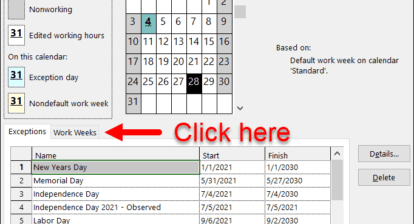This is the second article of this series highlighting common incorrect uses of Microsoft Project. The images in these posts are built using the Microsoft Project 2013 Pro edition, but this series can be useful for all versions of the product.
Flaw #1: Date-Related Planning
Flaw #2: Capacity as Activity
This flaw is pretty self-explanatory once you see the image below:
You are looking at a Gantt chart where 3 people need to work on a document. From the view, it is clear that the 3 people need to do things separately. And there’s the problem: “things” isn’t really something you can do.
Project resource planning or allocating should be done on a different level. We need to add our resources using a different view in Microsoft Project called the Resource sheet.
I added Erik, Dave and John in the resource sheet. I also added some additional information like a standard hourly rate and a Base calendar.
Now we go back to our Gantt chart view to change the names of the activities and add the resources to these activities. In other words: we are generating assignments for the resources to the tasks.
I have changed the names of the 3 tasks to represent the different actions that need to be taken.
Now I know what the team needs to do. And I can assign my resources appropriately. Using the details view in the views tab, I can assign Erik to “Write the first draft,” and even give a indication on how many hours he needs to work on the task. “Work” is a column I can add in my Gantt view. The results:
That’s it for now. I hope you liked reading the post, leave a comment below and I’ll be sure to reply. Keep an eye open for my next flaw: Lack of structure (Work Breakdown Structure)
This article was originally published on Erik van Hurck’s website, The Project Corner. You can visit his website for more helpful tips.












The MPUG Community
Hi,
The other 7 articles are linked just below these comments in the “Trackbacks” section.
Thanks,
MPUG